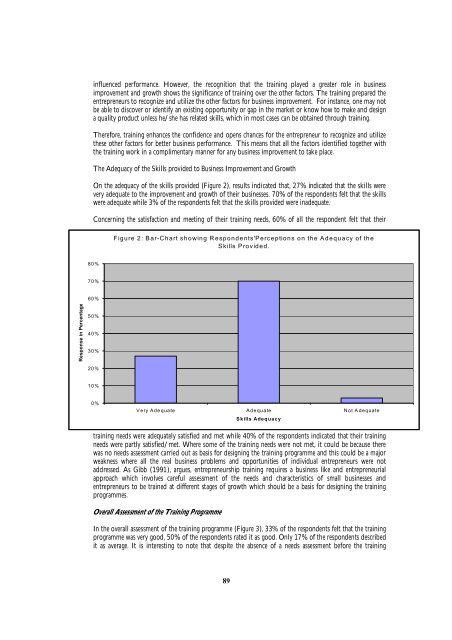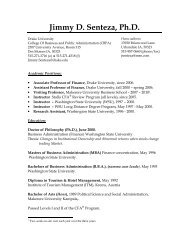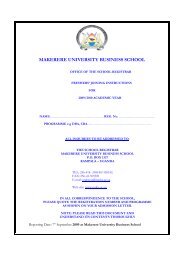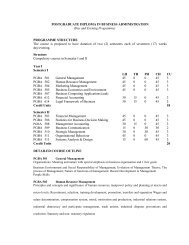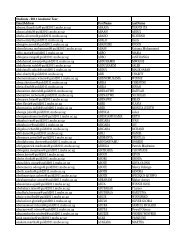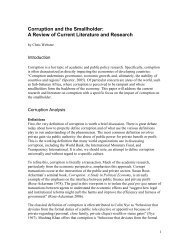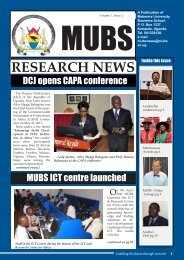13th Annual International Management Conference Proceeding
13th Annual International Management Conference Proceeding
13th Annual International Management Conference Proceeding
Create successful ePaper yourself
Turn your PDF publications into a flip-book with our unique Google optimized e-Paper software.
Response in Percentage<br />
influenced performance. However, the recognition that the training played a greater role in business<br />
improvement and growth shows the significance of training over the other factors. The training prepared the<br />
entrepreneurs to recognize and utilize the other factors for business improvement. For instance, one may not<br />
be able to discover or identify an existing opportunity or gap in the market or know how to make and design<br />
a quality product unless he/she has related skills, which in most cases can be obtained through training.<br />
Therefore, training enhances the confidence and opens chances for the entrepreneur to recognize and utilize<br />
these other factors for better business performance. This means that all the factors identified together with<br />
the training work in a complimentary manner for any business improvement to take place.<br />
The Adequacy of the Skills provided to Business Improvement and Growth<br />
On the adequacy of the skills provided (Figure 2), results indicated that, 27% indicated that the skills were<br />
very adequate to the improvement and growth of their businesses. 70% of the respondents felt that the skills<br />
were adequate while 3% of the respondents felt that the skills provided were inadequate.<br />
Concerning the satisfaction and meeting of their training needs, 60% of all the respondent felt that their<br />
80%<br />
70%<br />
60%<br />
50%<br />
40%<br />
30%<br />
20%<br />
10%<br />
0%<br />
F igure 2: B ar-C hart showing R espondents'P erceptions on the A dequacy of the<br />
S kills P rovided.<br />
V ery A de quate A dequate N ot A dequate<br />
training needs were adequately satisfied and met while 40% of the respondents indicated that their training<br />
needs were partly satisfied/met. Where some of the training needs were not met, it could be because there<br />
was no needs assessment carried out as basis for designing the training programme and this could be a major<br />
weakness where all the real business problems and opportunities of individual entrepreneurs were not<br />
addressed. As Gibb (1991), argues, entrepreneurship training requires a business like and entrepreneurial<br />
approach which involves careful assessment of the needs and characteristics of small businesses and<br />
entrepreneurs to be trained at different stages of growth which should be a basis for designing the training<br />
programmes.<br />
Overall Assessment of the Training Programme<br />
In the overall assessment of the training programme (Figure 3), 33% of the respondents felt that the training<br />
programme was very good, 50% of the respondents rated it as good. Only 17% of the respondents described<br />
it as average. It is interesting to note that despite the absence of a needs assessment before the training<br />
89<br />
S k ills Adeq uacy


